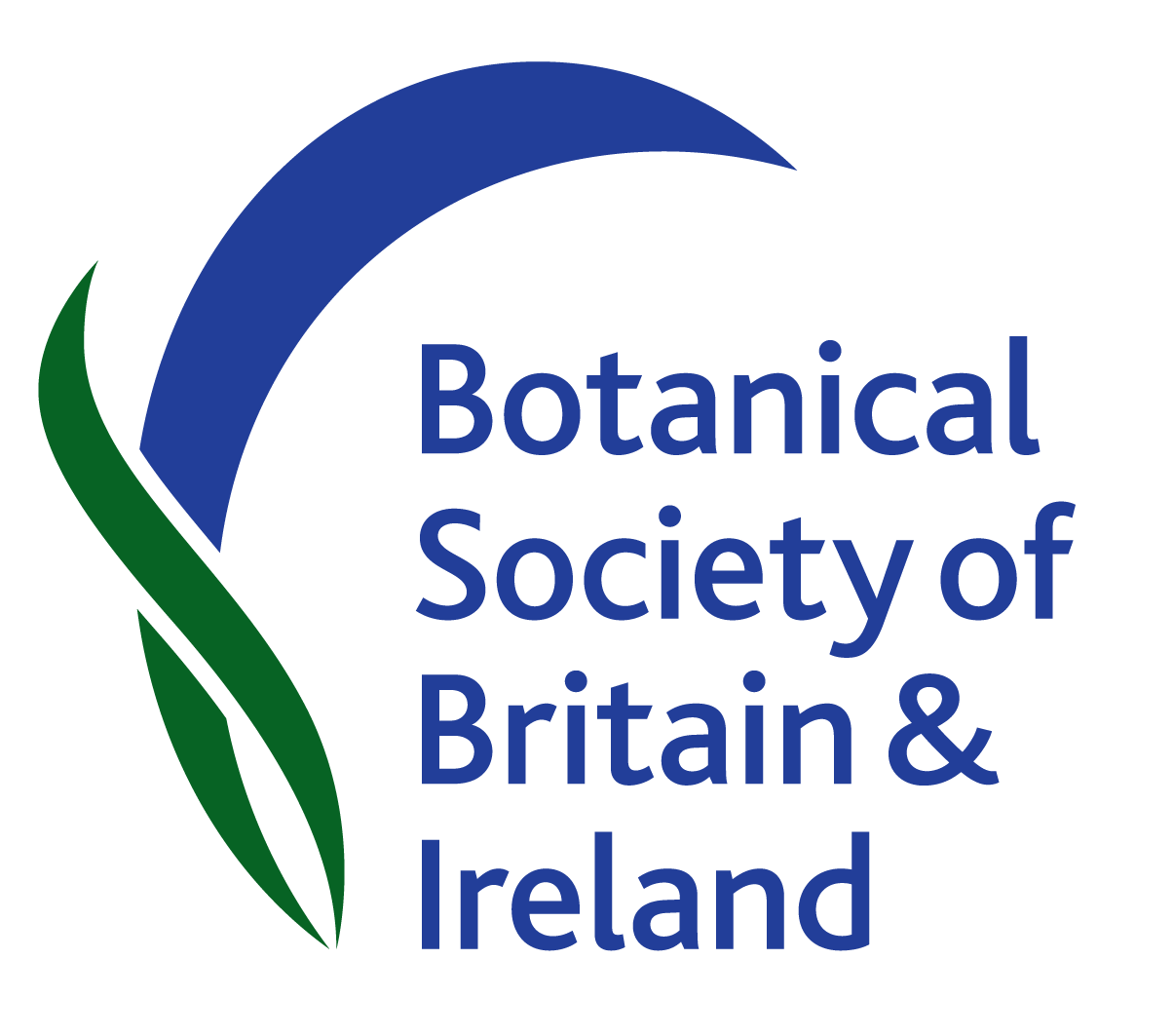@home Message Board
| Feedback request: Glechoma hederacea (20160) |
| Author | Message | ||||||||||||||||||||||||||||||||||||||||
|---|---|---|---|---|---|---|---|---|---|---|---|---|---|---|---|---|---|---|---|---|---|---|---|---|---|---|---|---|---|---|---|---|---|---|---|---|---|---|---|---|---|
| oldnick Joined: 09 Oct 2009 Posts: 5472 |
|
||||||||||||||||||||||||||||||||||||||||
| mossysal Joined: 29 Oct 2007 Posts: 1669 |
|||||||||||||||||||||||||||||||||||||||||
| All times are GMT |
||
|
You cannot post new topics in this forum You cannot reply to topics in this forum You cannot edit your posts in this forum You cannot delete your posts in this forum You cannot vote in polls in this forum |
Powered by phpBB © 2001, 2005 phpBB Group




